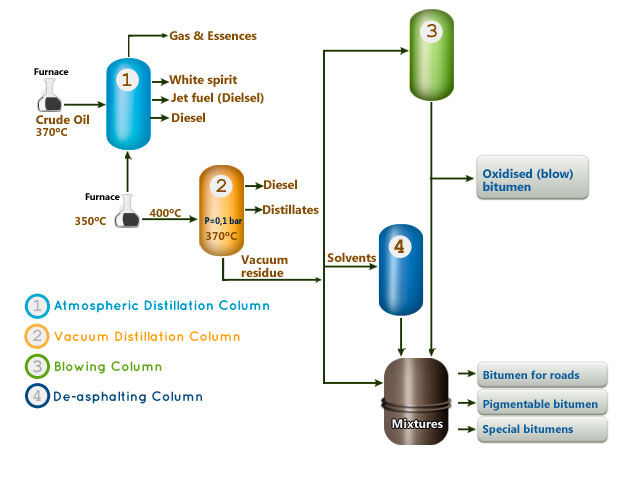Sample Sidebar Module
This is a sample module published to the sidebar_top position, using the -sidebar module class suffix. There is also a sidebar_bottom position below the menu.
HOME
OXIDIZED BITUMEN
- BITUMEN NUMBER#
- OXIDIZED BITUMEN
- OXIDIZED BITUMEN 150/5
- OXIDIZED BITUMEN 115/15
- OXIDIZED BITUMEN 115/25
- OXIDIZED BITUMEN 105/15
- OXIDIZED BITUMEN 105/35
- OXIDIZED BITUMEN 95/25
- OXIDIZED BITUMEN 90/40
- OXIDIZED BITUMEN 90/15
- OXIDIZED BITUMEN 90/10
- OXIDIZED BITUMEN 85/40
- OXIDIZED BITUMEN 85/35
- OXIDIZED BITUMEN 85/25
- OXIDIZED BITUMEN 75/35
- OXIDIZED BITUMEN 75/25
EMULSION
- ANIONIC BITUMEN
- CATIONIC BITUMEN
PENETRATION
- PENETRATION BITUMEN
- BITUMEN AH GRADE
CUTBACK
- SLOW CURING
- MEDIUM CURING
- RAPID CURING
MODIFIED
- BITUMEN PRIMER
- BITUMEN POLYMER
- NATURAL BITUMEN
- POLYMER MODIFIED BITUMEN
BITUMEN GRADE
PETROLEUM
ABOUT US
CONTACT US
Sample Sidebar Module
This is a sample module published to the sidebar_bottom position, using the -sidebar module class suffix. There is also a sidebar_top position below the search.






